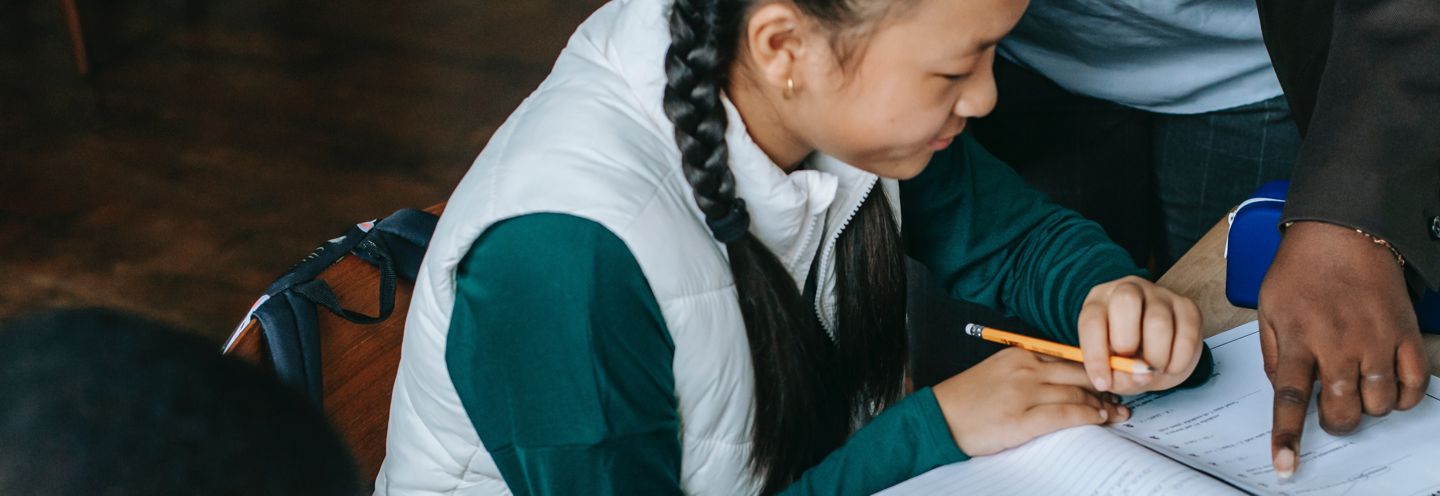Teacher Resources | 233 Results

In this lesson, students consider the role of snack foods in a healthy diet. The teacher then guides them on a tour of popular sites aimed at children, where the class identifies and classifies the

Students will consider the use of the Internet as a research tool and learn how to use search engines more effectively. They then apply these new found skills to investigating popular myths about

This lesson helps students understand how self-image can influence lifestyle choices.

This lesson helps students become more aware of the stereotypes associated with portrayals of students and teachers on TV. (It is also a good follow-up to the elementary lesson TV Stereotypes.)

This lesson helps students become more aware of the stereotypes associated with portrayals of students and teachers on television and on film.

In this lesson, students discuss reasons why they might be reluctant to intervene when they witness cyberbullying and identify ways that they can help without making things worse. They then use the

This is the second lesson in the Critical Thinking Across the Curriculum series, though it can also be delivered independently. In it, students are introduced to the idea of using information sorting

Grades: 7-9Duration: 1.5 - 2 hoursAuthor: MediaSmarts and TELUSLearning goalsKey concepts/big ideas:Students will understand that Interactions through digital media can have a real

In this lesson, students learn about the concept of "time capsules" and then apply the idea by selecting time capsule contents to represent both the time they live in and their own lives and tastes.

This lesson encourages children to explore the differences between their real families and TV families by imagining how their own families might be portrayed on a television show.

